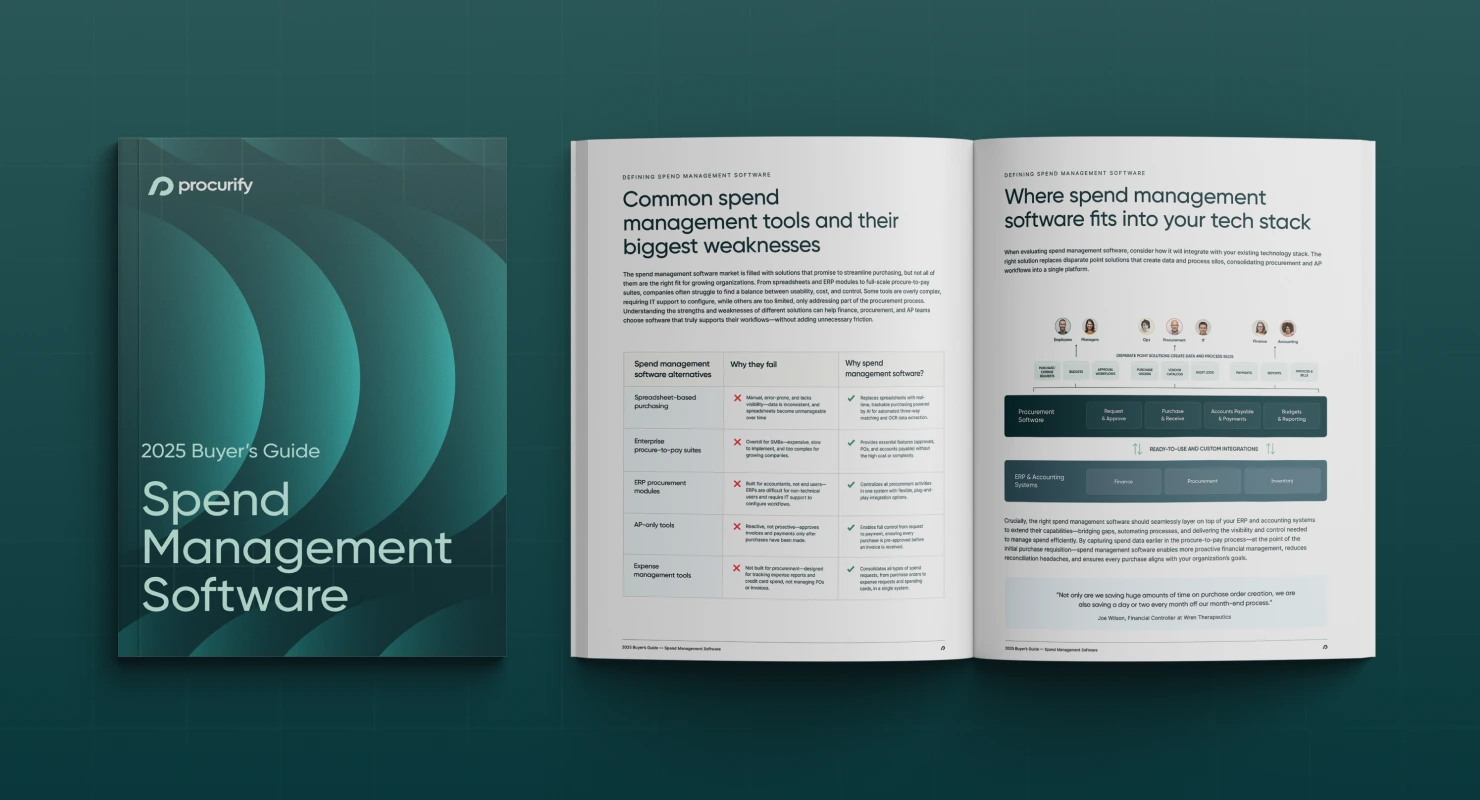How to Gain Control of Your Indirect Spend
Indirect spend can help maintain or, if you’re not careful, hinder your organization. Calculating it is essential, and it forms the base of your cost savings and sourcing strategies.
Are your indirect expenditures getting out of control? Do you even know what this term means?
Here’s how to identify it. Look for hidden costs in production to regain control of your indirect expenditures. Then, gain experience in using online software to track your spending. After, keep track of inventory and look at the big picture.
What is Indirect Spend?
Not everyone knows the difference between direct and indirect spending. Direct spending is linked to the purchase of raw materials for production. Indirect spending is the expenditure required for the day-to-day operation of the business.
Most companies document their direct spending. However, when you think about all the small expenditures you may be making daily, you will realize that indirect spend analysis is critical for profit.
Examples of indirect spending are items like safety goggles, food, office supplies, furniture, travel, and other expenses. Indirect spending categories include:
- Marketing services
- Professional services
- Travel and lodging
- Maintenance, repair and day-to-day operations
- IT
- HR services
- Transportation and fleet management
- Utilities
Consider all areas to ensure a real understanding of your total expenditure. Your everyday spending can be up to 40% of your overall liabilities – and that is something you must take into account.
How to control indirect spend
Indirect spend procurement and its total costs can have a significant impact on your bottom line expenses. However, several areas are challenging to control for business leaders, and this could lead to unnecessary monetary loss.
The three key things to watch in any purchasing environment are: having too little, too much, or being too expensive.
Having too little of a needed item can be as costly as having too much. Keep in mind that idle workers and lost production contribute to lower sales and margins.
Additionally, workers may hoard equipment used every day. This may not seem like an issue, but if equipment gets updated, it will render the stash useless. Keep close track of inventory to note if employees are abusing stock or office supplies.
Even when companies manage inventory well, your company may be guilty of imperfect or incomplete buying practices. Trying to save money by using cheaper tools may seem like a great way to trim costs. In reality, you are lowering the quality of your product.
Investing in higher quality tools and machines can increase productivity. This will lead to an increase in your profit. Sometimes, you do have to spend money to make money.
Strategies to apply
There are methods for efficient indirect spend management. Most important include:
Awareness
First, be aware of the issue. See the big picture. This includes both your direct and indirect spend. Luckily, there are many tools out there nowadays that help businesses stay on top of their operations.
The use of technology may be daunting for some, however, it is still your best friend in such situations. Take the time to learn to use Excel or other types of expense tracking software.
Education
Second, educate your employees on indirect spend. In a restaurant, this can come down to the size of the tomato slices placed on a sandwich. In other businesses, it’s looking at contract compliance and customer satisfaction.
Proactivity
Avoid complacency. Your business has now identified issues leading to increased business operation costs.
Remember to be proactive, especially with your suppliers. Confidence in repeated business from your organization will stop them from looking at ways to improve service. Continue to check supplier performance to ensure service is optimal, as well.
There are many other areas to take note of. Most important include:
- Control supply amount
- Maintain up-to-date inventory data
- Avoid both under and overstocking
- Stay up to date on equipment specs
- Avoid under-usage of equipment and employees
- Consolidate purchasing
- Use technology to track transactions
The bottom line
Running a successful business in any industry is challenging, and focus and determination are a necessity. Without drive and passion, for example, an organization can fail. You have the drive. You have passion. No one wants you to fail.
One method to prevent this is through successful expenditure management, and above are some ways to take into consideration. Indirect spend is easy to overlook in business as you may take some areas for granted. Look at the big picture to avoid unnecessary losses, and then, watch your business grow and thrive.

2025 Spend Management Software Buyer’s Guide
Choose the spend management solution best suited to your organization’s needs with an overview of the 2025 software ecosystem, feature comparisons, and a free vendor capability evaluation checklist.
